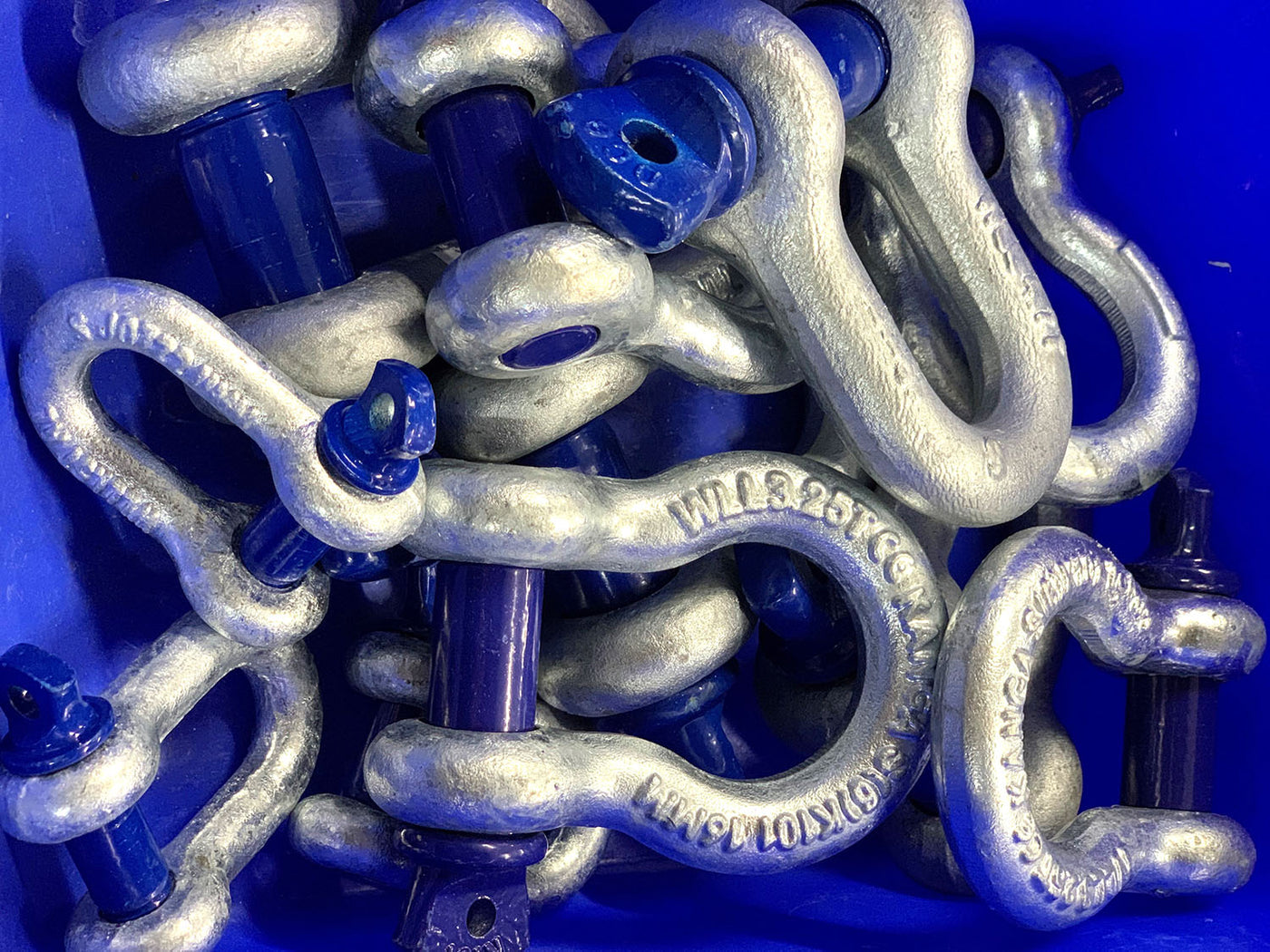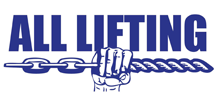
A COMPREHENSIVE GUIDE TO SHACKLES
Shackles are an indispensable tool in the lifting and rigging industry, serving as a connection between a load and the lifting equipment. These crucial devices play a pivotal role in ensuring safety and efficiency during various lifting and rigging operations. In this article, we will delve into the different types of shackles and explore their diverse applications in the industry.
Understanding Shackles
Shackles are essentially a lifting component usually metal, with a removable pin or bolt. They are designed to provide a secure attachment point for slings, hooks, or other lifting hardware and devices, allowing loads to be moved or supported safely. Shackles come in a variety of shapes, sizes, and materials, each with its unique characteristics and purposes.
Types of Shackles
Bow Shackles: Bow shackles are characterised by their horseshoe, bow-like shape. They are commonly used in rigging and suspension systems, and often provide more space for using other attachments.
Dee-Shackles: Dee-shackles have a D-shaped body that makes them versatile and suitable for excavators, caravanning, towing, securing loads, and connecting chains. In these circumstances, the Dee-shackle needs to be rated <link to other article>.
Bolt Type Shackles: These are more secure than screw pin shackles but may require more time and effort for installation. These are comprised of various components including the bolt, the nut, and the pin. Bolt type shackles are often used as a more permanent attachment for heavy-duty lifting and rigging operations.
Quick Release Shackles: These are commonly used for more specialised applications, such as where a distance is required when the load on the shackle is released.
Technical Specifications
Shackles are available in various sizes, materials and load capacities, and it is essential to select the right shackle for the job to ensure safety and compliance with industry standards. Here are some key technical specifications to consider when choosing shackles.
- The WLL is the maximum load a shackle can safely handle. It is usually specified by the manufacturer and marked on the shackle. Never exceed the WLL to prevent accidents.
- Shackles are typically made from materials like carbon steel, alloy steel, stainless steel, or even synthetic materials for specialised applications. The choice of material depends on factors such as corrosion resistance and strength requirements.
- Rated shackles should be clearly marked with important information, including the manufacturer's name or logo, size, WLL, and grade.


